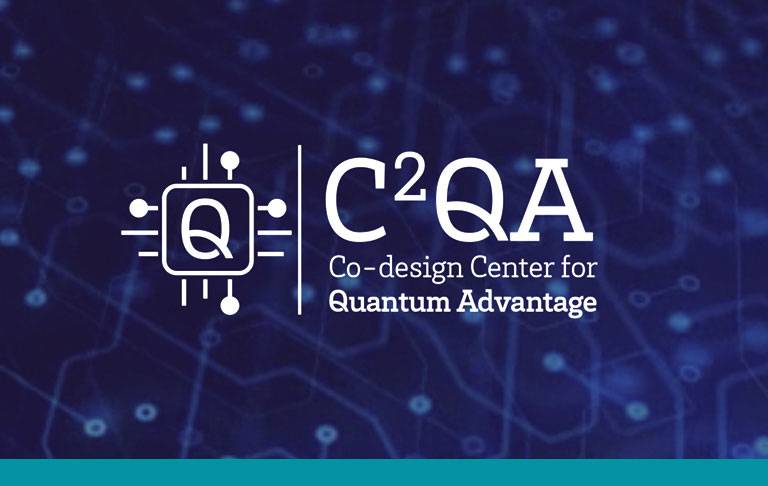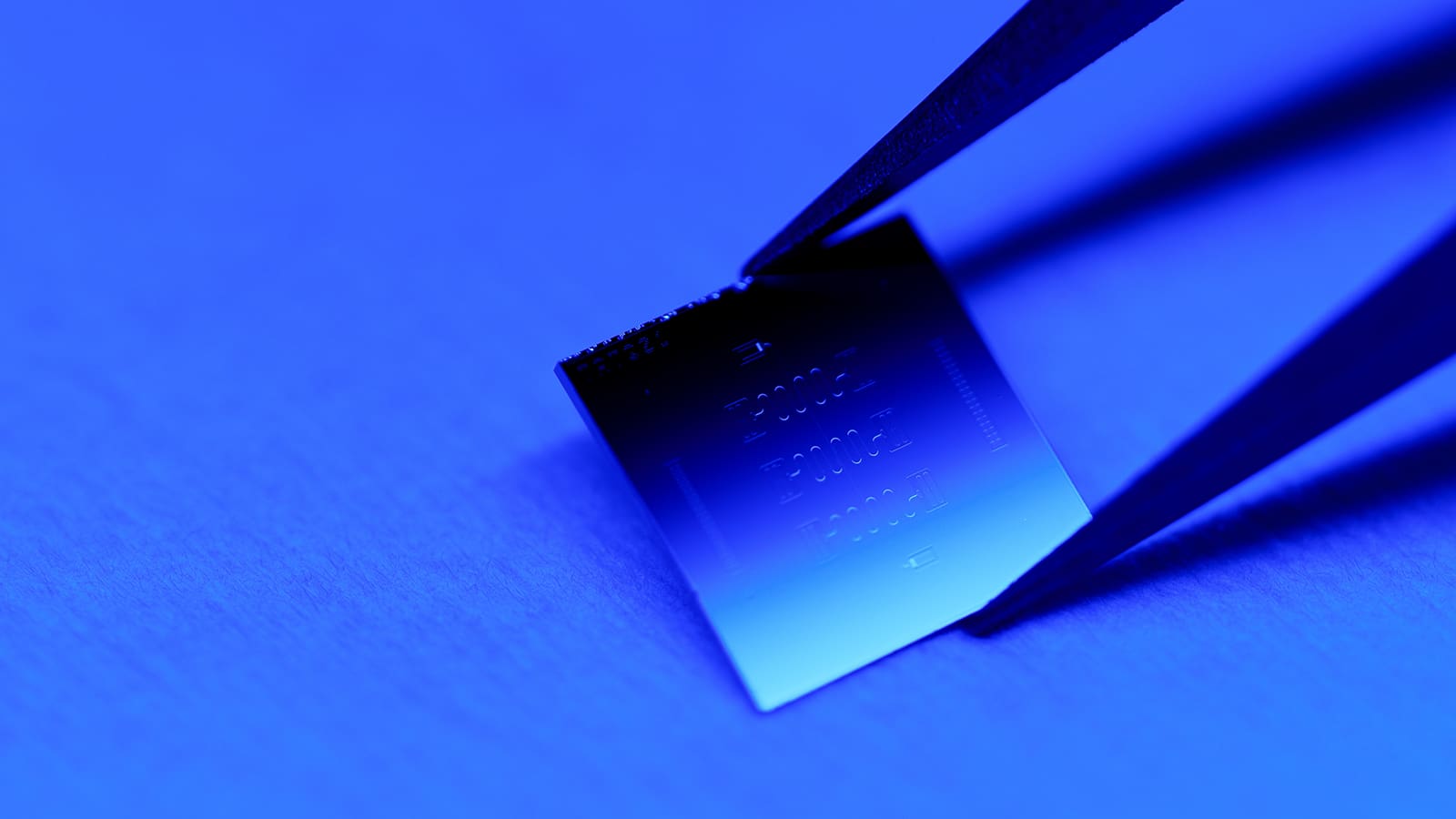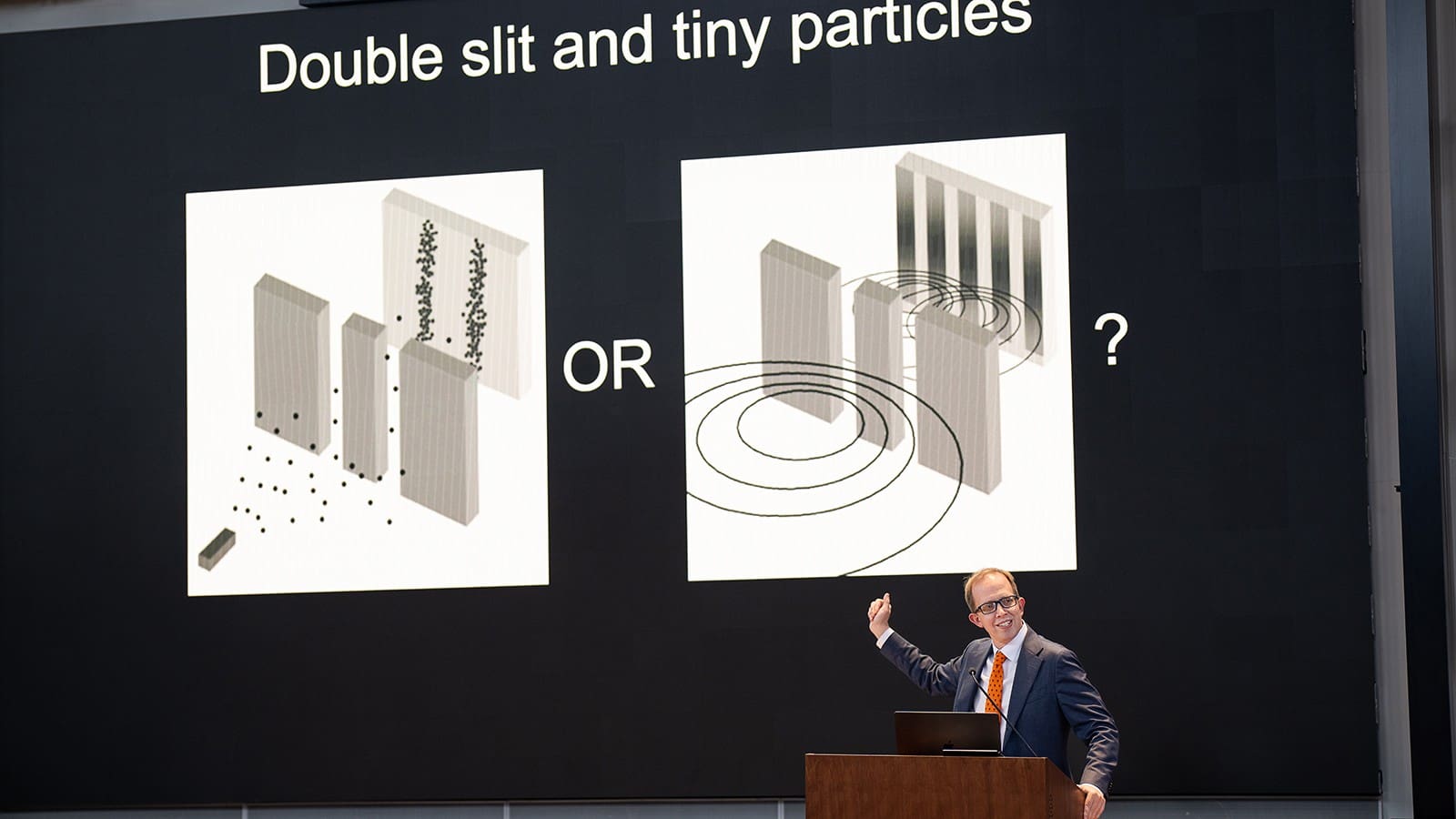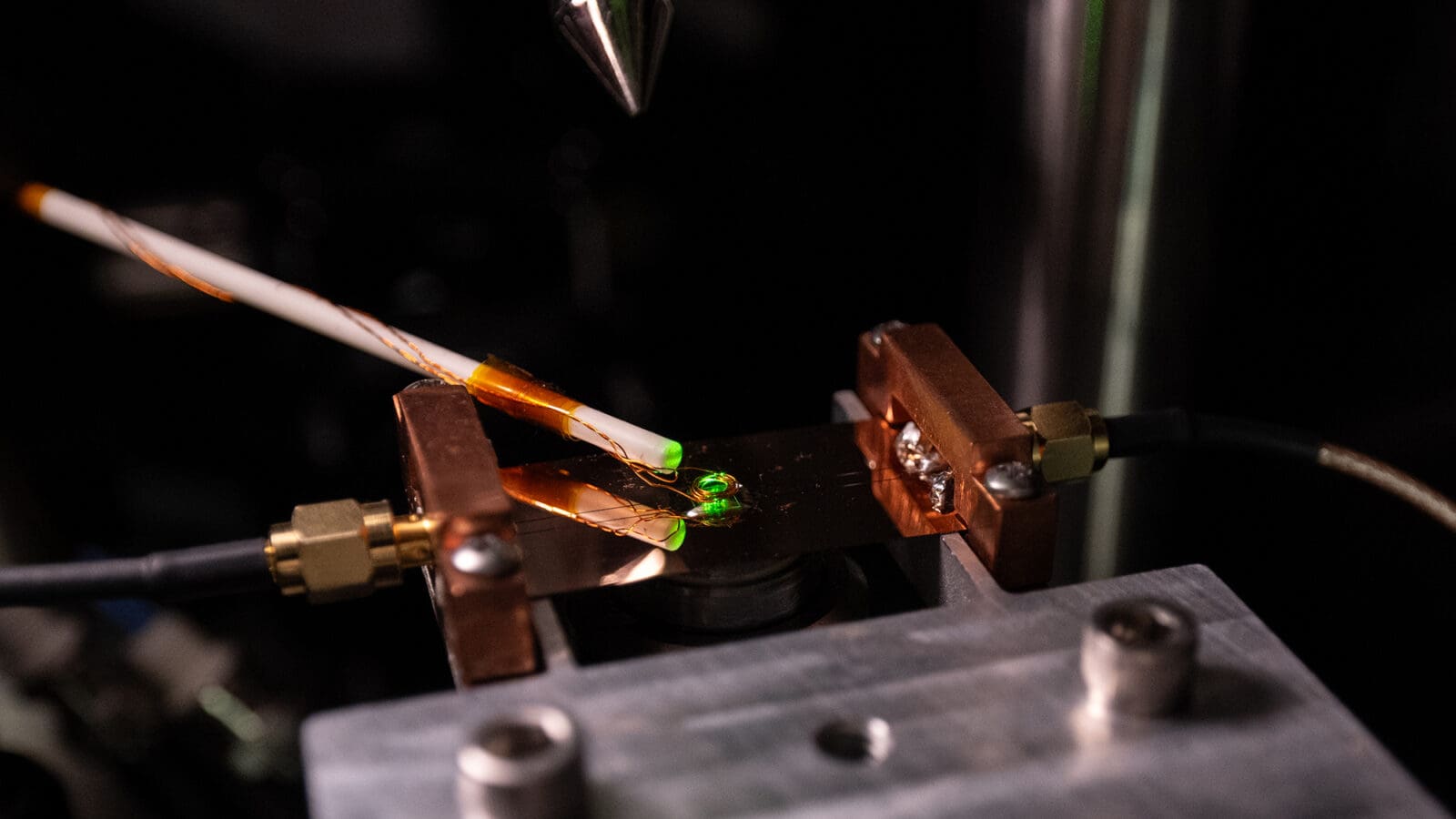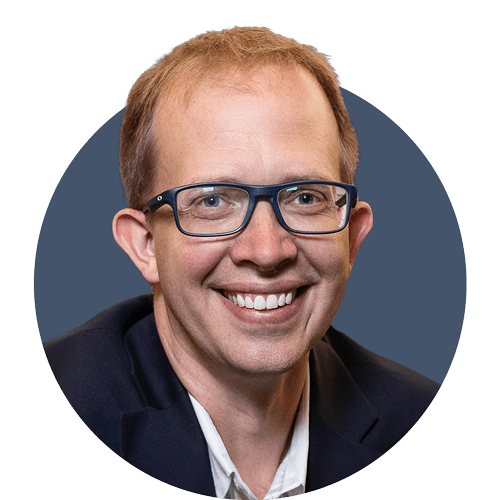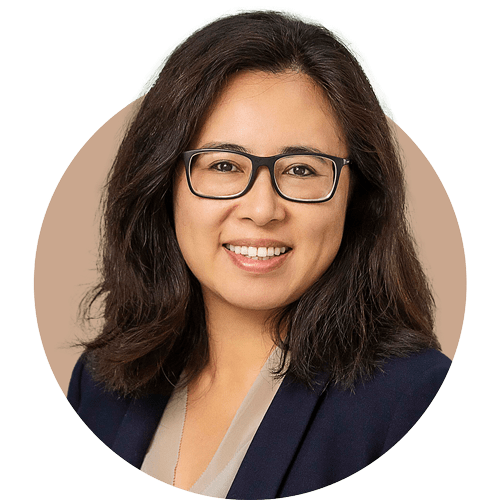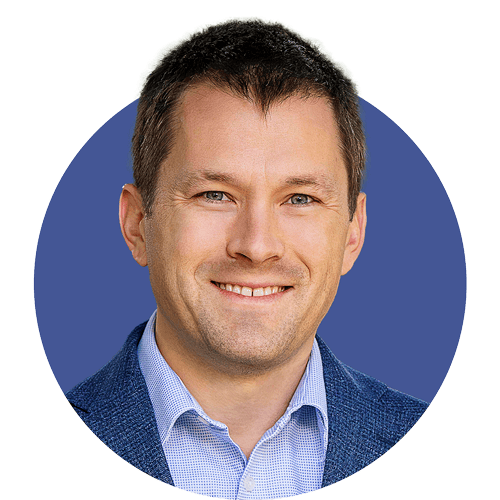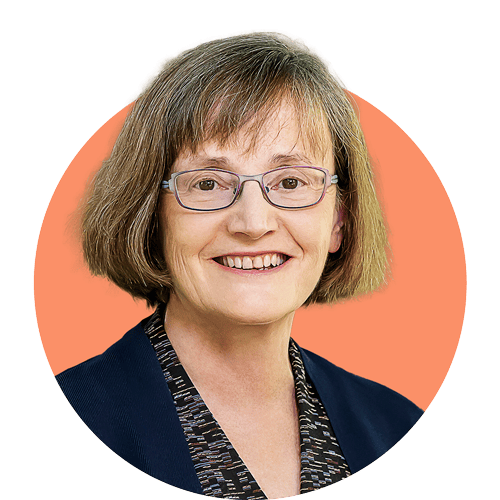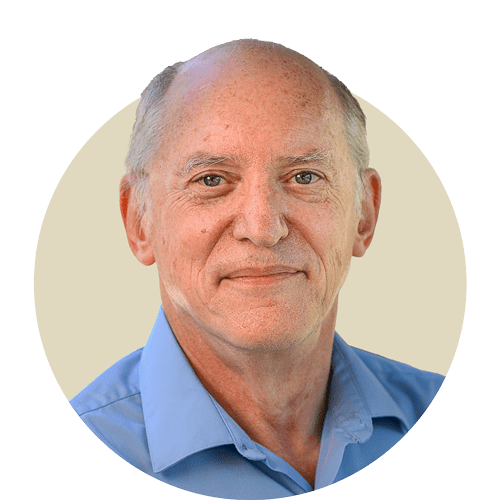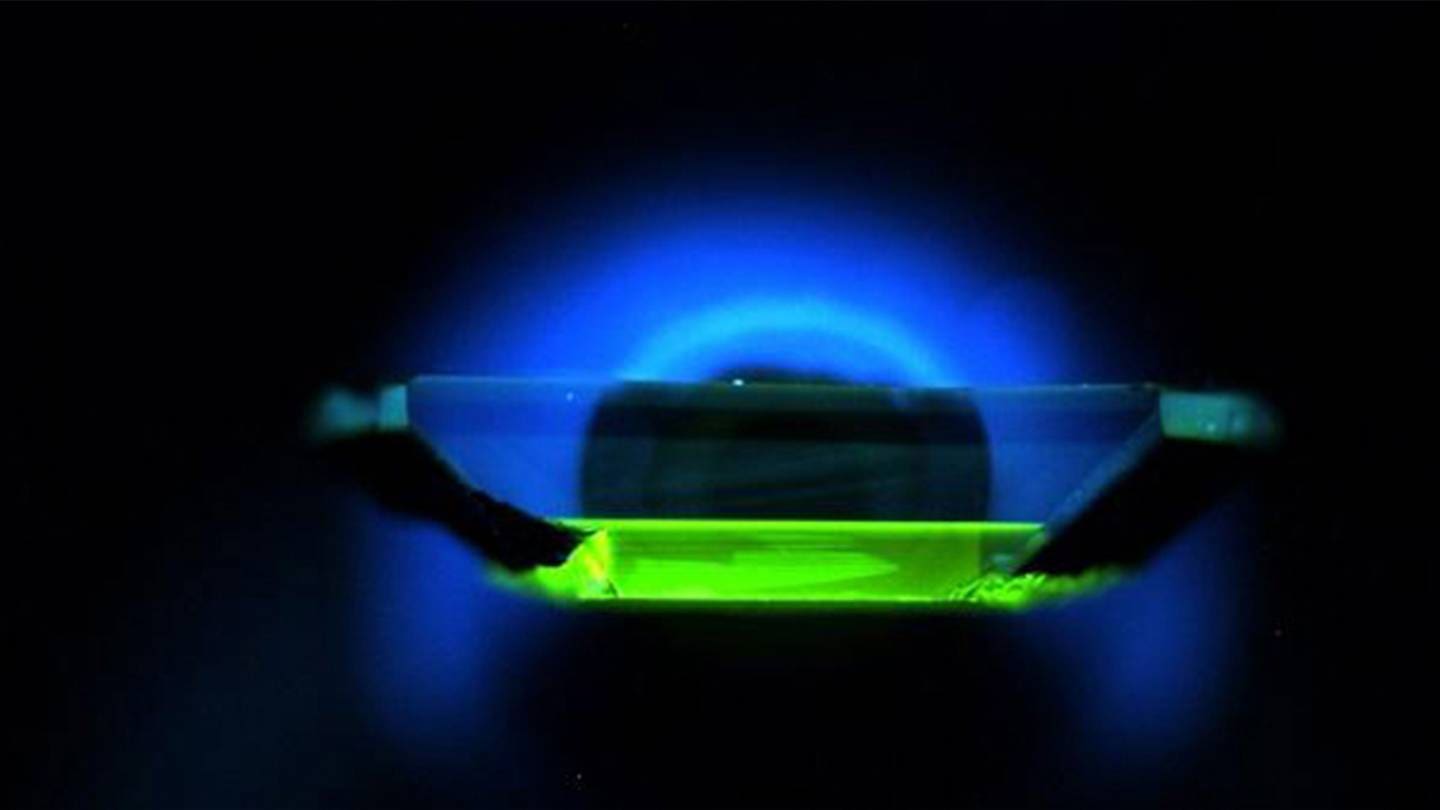
Engineering faculty play major role in $115 million quantum science center
By
on
The Co-Design Center for Quantum Advantage (C2QA), headquartered at Brookhaven National Laboratory, will develop quantum technologies to serve as the platform for the computing innovations of the future, promising benefits for national security, pharmaceutical development, optimization of resources, and more.
“This is a monumental opportunity for Princeton to contribute to the fast-evolving technological future of quantum computing,” said Princeton University Provost Deborah Prentice. “Our deep strengths in fundamental research make Princeton well-positioned to contribute to this endeavor, which is central to the advancement of computing technology in the 21st century.”
“Princeton is excited to contribute to the leadership and scientific activity of this tremendous team of universities, a national laboratory and industry that will work together to advance the field of quantum computing,” said Princeton Dean for Research Pablo Debenedetti. “We look forward to the many contributions in the science and engineering of quantum technologies that will emerge from this collaborative effort.”
The center will receive up to $115 million over five years to develop materials, devices, software and applications that will serve as a platform for the next generation of quantum computing capabilities. The goal is to overcome the limitations of today’s early stage quantum computers and propel the field forward to unlock new capabilities to tackle real-world challenges.
C2QA is one of five new centers selected for creation by the DOE Office of Science following the National Quantum Initiative Act of 2018, which aims to enhance national security and retain the nation’s global leadership in scientific research and development.
With involvement from 24 research institutions and over 70 lead investigators, C2QA will include several Princeton faculty members in major leadership roles. The deputy director, second in command, will be Princeton Professor of Electrical Engineering Andrew Houck.
Houck said the focus of the center is to develop the technology needed to achieve quantum advantage, defined as solving vitally important, unsolved problems faster than is possible on a regular computer.
“Right now we’re at the stage where we can do things on a quantum computer that are hard to simulate on a regular computer,” Houck said, “but they’re not really useful problems. We want to bring the science and engineering to the point where we have the fundamental technologies needed to achieve quantum advantage.”
The center takes a “co-design” approach, defined as the development of new technologies in parallel with close coordination to ensure that the technologies can work seamlessly together.
“One of the big challenges in quantum computing is that it’s a massively multi-disciplinary enterprise,” Houck said. “The functioning of the final product depends on the materials, the devices, and the software architecture. All of these areas rely on expertise that doesn’t necessarily overlap.”
“The idea behind co-design is that rather than making decisions independently, we gather expertise in all of these layers, and have people coordinate what they are doing, including understanding the trade-offs that their decisions may impose on the other layers,” Houck said.
The center will have three main areas or thrusts: Materials, Devices, and Software/Applications.
Materials: Exploring new materials that have quantum properties for computing.
Devices: Incorporating new materials into the components of a quantum computer, and building these up into larger systems.
Software and applications: Writing the software and designing the programs that will enable the quantum computer to solve real-world problems.
A fourth organizational layer will enable co-design by integrating findings and coordinating efforts in ways that ensure that advances in each thrust can be combined to achieve the goal of useful quantum calculations.
Assistant Professor of Electrical Engineering Nathalie de Leon will lead the Materials thrust.
“This center is an exciting opportunity to supercharge some of the collaborative research we have begun at Princeton on new solid state atomic qubits and systematically rooting out microscopic sources of noise and loss in superconducting qubits,” de Leon said. “Our approach in these projects forms the basis for the general strategy in the materials thrust. With C2QA, we have an opportunity to expand this research program by working closely with other quantum information processing experts at Yale, MIT, and other academic institutions, as well as material scientists at Brookhaven.”
Within the Materials thrust, Princeton faculty will lead two of the four sub-areas: Assistant Professor of Electrical Engineering Jeffrey Thompson will lead the Qubits for Computing and Networks topic while Robert Cava, the Russell Wellman Moore Professor of Chemistry, will lead the Materials Purification, Crystal Growth, and Processing for QIS topic.
“This center will have a transformative impact on the field, bringing together experts from many disciplines in a very focused, close collaboration,” Thompson said.
Margaret Martonosi, the Hugh Trumbull Adams ’35 Professor of Computer Science, will be a key scientist in the Crosscutting Co-Design Integration Team.
Additional faculty members who will participate as researchers in the center are Ali Yazdani, the Class of 1909 Professor of Physics, and Professor of Electrical Engineering Stephen Lyon.
The center will address two technology bottlenecks in today’s quantum computing: improving the performance of the basic units of computation, known as superconducting qubits, and improving the technologies that enable quantum computers to communicate with each other.
In addition to his leadership role as deputy director, Houck will oversee an outreach and workforce development program for the center to provide students with educational opportunities. Princeton has already been active in educating undergraduates through its quantum computing classes and through the Quantum Undergraduate Research at IBM and Princeton summer program.
The center will foster collaboration with IBM, one of the center members, to help institutional researchers obtain the industry perspective on the challenges that they face in scaling these systems for industrial use.
Large center grants enable multiple researchers across disciplines and institutions to work together on tough challenges, Houck said, and Princeton’s strengths in quantum science make it ready to play a key leadership role for the C2QA.
“At Princeton, we have under one roof some of the very best materials people, some of the very best device people, and some of the very best architecture and algorithms people,” Houck said. “I don’t know of any proposal that has quite this breadth of expertise, where you really have the very best people in the world, all working together towards one shared goal.”
Another of the five new DOE-funded centers, the Quantum Science Center headquartered at Oak Ridge National Laboratory, will support research by M. Zahid Hasan, Princeton’s Eugene Higgins Professor of Physics in the area of topological qubits based on Majorana fermions and anyons. The center will focus on materials discovery and qubit design, quantum algorithms and simulation, and practical applications such as quantum information devices and sensors.
The director of C2QA will be Steven Girvin, the Eugene Higgins Professor of Physics at Yale University and a dual appointee in Brookhaven’s Energy and Photon Sciences Directorate. The partnering institutions on C2QA are Ames Laboratory, Caltech, City College of New York, Columbia University, Harvard University, Howard University, IBM, Thomas Jefferson National Accelerator Facility, Johns Hopkins University, Massachusetts Institute of Technology, Montana State University, National Aeronautics and Space Administration’s Ames Research Center, Northwestern University, Pacific Northwest National Laboratory, Princeton University, State University of New York Polytechnic Institute, Stony Brook University, University of California-Santa Barbara, University of Massachusetts-Amherst, University of Pittsburgh, University of Washington, Virginia Tech and Yale University.
